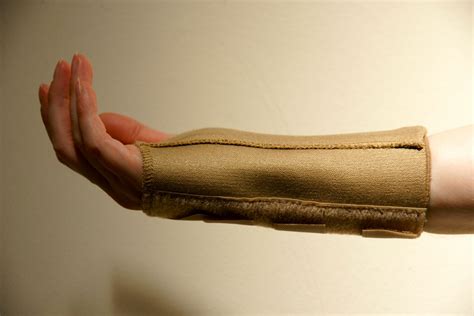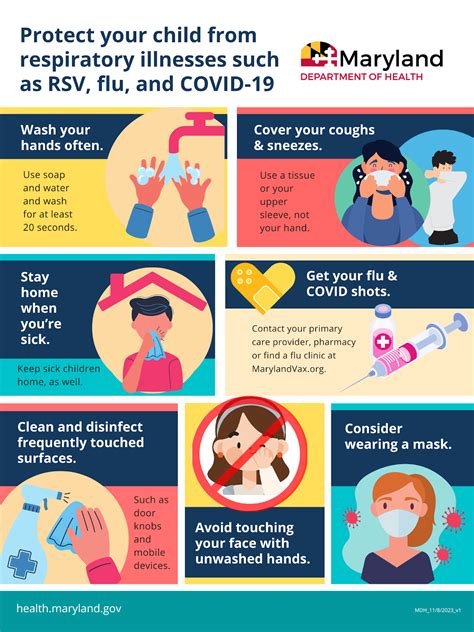Carpal tunnel syndrome (CTS) is a common condition that affects millions of people worldwide, causing numbness, tingling, and pain in the hand and wrist. The carpal tunnel is a narrow passageway in the wrist that protects the median nerve, which controls sensation and movement in the thumb and fingers. When the median nerve is compressed or pinched, it can lead to CTS. In this article, we will delve into the various treatment options for carpal tunnel syndrome, exploring both non-surgical and surgical approaches.
Understanding the Causes of Carpal Tunnel Syndrome
Before discussing treatment options, it’s essential to understand the causes of CTS. The condition can be caused by a combination of factors, including:
- Repetitive motions, such as typing or using vibrating tools
- Poor posture or wrist position
- Fluid retention during pregnancy
- Thyroid disorders or other medical conditions
- Trauma or injury to the wrist
Non-Surgical Treatment Options
For mild to moderate cases of CTS, non-surgical treatment options can be effective in managing symptoms and preventing further damage. These options include:
- Wrist splinting: A wrist splint can help to keep the wrist in a neutral position, reducing pressure on the median nerve.
- Physical therapy: A physical therapist can help to improve wrist and hand mobility, strengthen the muscles, and reduce pain.
- Ergonomic adjustments: Making adjustments to the workspace, such as adjusting the height of the chair or using an ergonomic keyboard, can help to reduce strain on the wrist.
- Medications: Over-the-counter pain medications, such as ibuprofen or acetaminophen, can help to manage pain and inflammation.
- Steroid injections: Corticosteroid injections can be used to reduce inflammation and swelling in the wrist.
Surgical Treatment Options
For more severe cases of CTS or when non-surgical treatment options have failed, surgery may be necessary. The goal of surgery is to relieve pressure on the median nerve by cutting the ligament that forms the roof of the carpal tunnel. There are two main surgical approaches:
- Open release surgery: This involves making an incision in the wrist to access the carpal tunnel and cut the ligament.
- Endoscopic surgery: This is a minimally invasive procedure that uses a small camera and instruments to release the ligament through a small incision.
Comparative Analysis of Treatment Options
When deciding on a treatment plan, it’s essential to weigh the pros and cons of each option. Here is a comparison of the non-surgical and surgical treatment options:
| Treatment Option | Pros | Cons |
|---|---|---|
| Wrist splinting | Non-invasive, low cost | May not provide complete relief, limited mobility |
| Physical therapy | Improves mobility, strengthens muscles | Time-consuming, requires commitment |
| Surgery | Provides complete relief, long-term solution | Invasive, risks complications, recovery time |

Conclusion
Carpal tunnel syndrome is a common condition that can be effectively managed with the right treatment approach. By understanding the causes of CTS and exploring both non-surgical and surgical treatment options, individuals can make informed decisions about their care. Whether through wrist splinting, physical therapy, or surgery, there are various ways to alleviate symptoms and prevent further damage. It’s essential to seek medical attention if symptoms persist or worsen over time, as early intervention can improve outcomes and reduce the risk of long-term damage.
What are the most common symptoms of carpal tunnel syndrome?
+The most common symptoms of CTS include numbness, tingling, and pain in the hand and wrist, particularly in the thumb, index, and middle fingers.
Can carpal tunnel syndrome be prevented?
+While CTS cannot be completely prevented, individuals can reduce their risk by taking regular breaks, stretching, and maintaining good posture and wrist position.
What is the recovery time for carpal tunnel surgery?
+The recovery time for carpal tunnel surgery can vary depending on the individual and the extent of the procedure. Generally, most people can return to their normal activities within 4-6 weeks.



